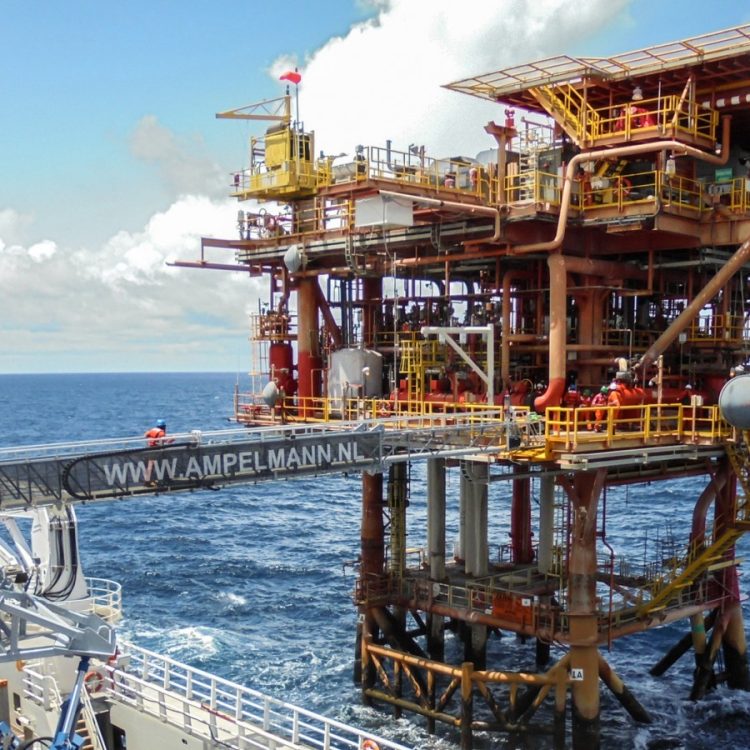Process Mining Opportunities for RPA
Are you considering implementing Robotic Process Automation (RPA) in your company? If so, you should know that Process Mining technology is a key enabler for RPA initiatives. It optimizes processes, identifies well-suited processes for RPA, and serves as a monitoring tool that supervises the software robots on performance. With Process Mining, you can reconstruct and visually represent the actual process cycles in your enterprise, creating fact-based process transparency that leads to a uniform understanding of your processes. In this article, we’ll explore how you can use Process Mining to prepare for a successful RPA implementation and how it can benchmark and monitor the performance of your software robots.

tags
date
15 Mar 2022The use of Process Mining is in different ways to support the implementation of RPA systems within a company’s system. Process Mining optimizes processes and as well as identifying particularly well-suited processes for RPA. After RPA implementation, Process Mining’s use becomes a monitoring tool that supervises the software robots on performance.
Intro
Gartner’s recent Market Guide for Process Mining highlighs that Process Mining technology is a key enabler for RPA initiatives. Since visualizing and understanding the process context and spotting and prioritizing opportunities for task-level automation are a huge success factor.
Process Mining is an innovative technology that makes a complete reconstruction and visual representation possible of the actual process cycles in enterprises. This creates fact-based process transparency, leading to a uniform understanding of one’s processes. Particularly in the case of large numbers of cases and many process variants, process mining is more efficient than manual process survey techniques. Due to it being faster and having a significantly higher level of detail. Visualizing the actual processes based on the transaction data (log data) held in the central IT systems provides insights into weaknesses, inefficiencies, faulty process flows or compliance violations. The graphical representation of the reconstructed process data utilizing process mining tools often takes the form of process flow diagrams. In addition, the interactive drill-down function in process mining tools provides a way to identify the deviations and faulty processes in the process. The decisive advantage of using process mining tools over traditional process management results in increased transparency and the acceleration of evaluation options for process optimization.
Preparing RPA Implementation
In preparation for a successful RPA implementation, the recommendation is to use process mining in two ways. Firstly to optimize processes and secondly to identify processes that are particularly suitable for RPA. Process mining thus functions as the first upstream stage of the further automation initiative. As a best practice approach for the successful combination of process mining and RPA, the suggestion is a three-stage procedure in the scientific literature.
Identifying processes suitable for RPA using process mining tools represents the first step of this procedure. Processes should be scalable, repetitive and sufficiently standardized to exploit the optimization potential. With Process Mining, processes that are already adequately standardized are discovered but also which ones lend themselves to further standardization. In most companies, processes are already automated to a certain degree. It is, therefore, crucial to determine the automation rate that already exists. Comparing automation rates in standard processes for example purchasing or sales. Thus providing indications of which processes would benefit from additional automation in terms of cost savings, increases in process speed and reductions in errors. In addition, this comparison enables an evaluation of the automation solutions that already exist in companies. To assess automation potential, it is also advisable to define concrete goals such as a reduction in throughput time or an increase in the number of orders.
Benchmarking Performance
The second step focuses on training the software robots. Software robots can be trained by creating a flow chart or based on existing workflows. Process mining is also suitable at this stage for benchmarking (performance comparison) of the software robots used. Finally, the third step focuses on ensuring the potential benefits arising from the RPA implementation. Afterwards, in this phase, process mining transforms from an analysis tool to a monitoring instrument that continuously monitors the performance of the robots.
Recent studies examined the success factors of combining these two software applications and show that many companies hope to increase revenue by dovetailing process mining and RPA. Here, the perception of increased revenue is higher in the IT area than in the business departments and management. Secondly, companies expect greater cost efficiency. While revenue increase and increase in cost efficiency are difficult to determine, the benefits of process mining and RPA mentioned next in the IDG study could be confirmed within the scope of this work based on the literature research: higher customer satisfaction, more transparency, relief of IT and better process structuring.
If you’d like to know more about how Apolix can support your RPA implementation with Process Mining, do not hesitate to reach out to us!
Sources:
Report Process Mining & RPA 2019 by IDG Research Services





